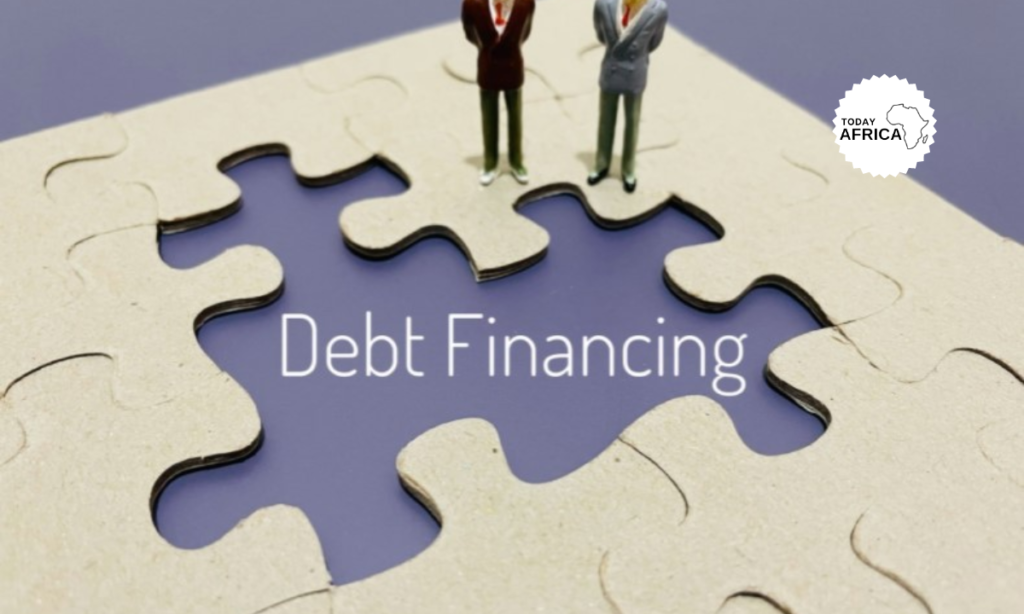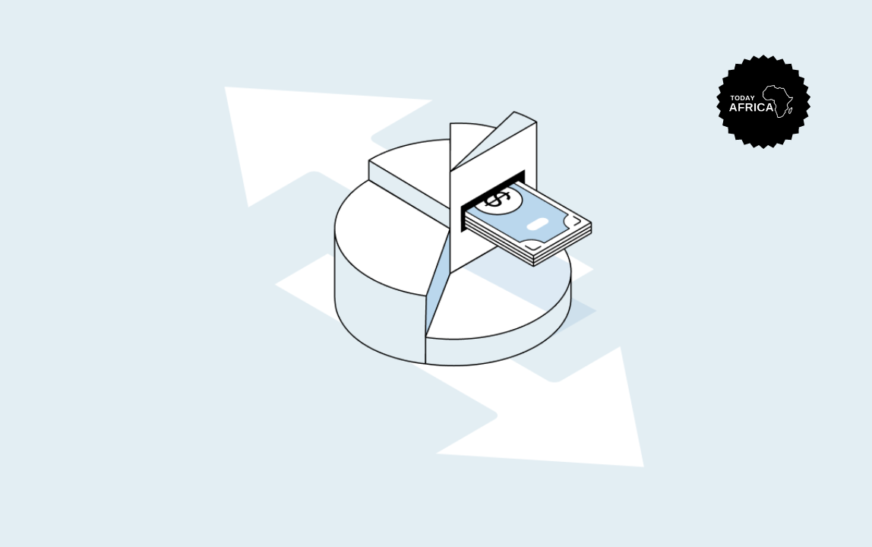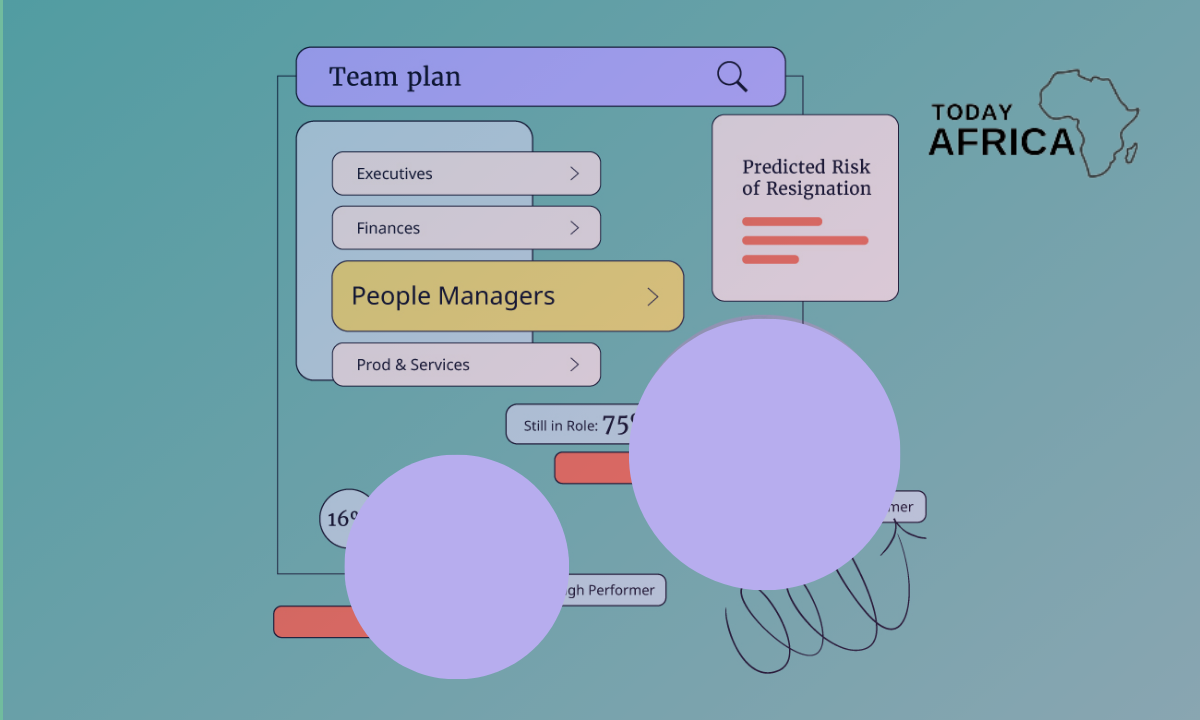The world of startup funding can feel like a complex maze. You’ve got bootstrapping, angel investors, venture capitalists, and a whole list of terms to navigate. One crucial option to understand is debt financing.
This blog post will serve as your guide to debt financing for startups. We’ll break down the basics, explore the different types, delve into the pros and cons, and answer the burning question: is debt financing right for your startup?
What is Debt Financing for Startups?
At its core, debt financing is a way for your startup to access capital by borrowing money from a lender. This lender can be a bank, a credit union, or even a specialized venture debt firm. Unlike equity financing, where you sell ownership stakes in your company, debt financing doesn’t involve giving up any control.

Here’s how it typically works:
- The loan agreement: You approach a lender with a solid business plan and financial projections. If they approve your application, you’ll sign a loan agreement outlining the loan amount, interest rate, repayment terms, and any collateral requirements.
- Receiving the funds: Once approved, you receive the loan amount, which you can then use to fund your business goals.
- Repayment: Over a set period (usually with monthly installments), you’ll repay the loan principal along with the accrued interest.
Think of it like borrowing money from a friend, but with a formal agreement and a higher price tag (in the form of interest).
Types of debt financing for startups
The debt financing landscape offers a diverse array of options tailored to various business needs and stages. Here’s a closer look at some of the most common types:
- Term loans: Traditional loans with a fixed repayment schedule and interest rate. Ideal for financing specific needs like equipment purchases or infrastructure upgrades.
- Lines of credit: Flexible credit lines that allow you to borrow funds as needed, up to a pre-approved limit. Useful for ongoing operational expenses or covering short-term cash flow gaps.
- Invoice factoring/financing: Selling your unpaid invoices to a third-party company at a discount to receive immediate cash. Often used by startups with slow-paying customers.
- Equipment loans: Loans specifically designed for financing the purchase of equipment essential for your business operations. Typically require the equipment itself as collateral.
- Merchant cash advances: Selling a portion of your future sales in exchange for an upfront cash sum. This option comes with high fees and should be used cautiously.
Advantages of debt financing
Debt financing holds several advantages for startups:
- Preserves ownership: Unlike equity financing, you don’t dilute ownership by selling shares. You maintain complete control over your company’s direction.
- Boosts cash flow: Debt financing can be a lifesaver when you need immediate access to capital for growth initiatives, inventory purchases, or covering operational costs.
- Builds credit history: Making timely loan repayments helps establish a strong credit history, which can be beneficial for securing future financing.
- Tax benefits: In some cases, interest payments on business loans can be tax-deductible, reducing your taxable income.
Disadvantages of debt financing
Debt financing also comes with drawbacks to consider:
- Repayment pressure: You’re obligated to make fixed repayments regardless of your company’s financial performance. Missing payments can damage your credit and even lead to legal action from the lender.
- Interest costs: Debt financing can be expensive. Interest payments eat into your profits and can hinder your ability to reinvest in the business.
- Collateral requirements: Many lenders require collateral, such as equipment or property, to secure the loan. This puts your assets at risk if you default on the loan.
- Limited funding amounts: Debt financing typically offers smaller funding amounts compared to equity financing, which might not be enough for ambitious growth plans.
The Debt Financing Process for Startups: Step-by-Step
Now that you understand the fundamentals, let’s break down the debt financing process into actionable steps:
1. Develop a solid business plan
This crucial document outlines your business goals, financial projections, and strategy for generating revenue. A well-crafted business plan serves as a roadmap for potential lenders and demonstrates your company’s viability.
See Also: Video Storytelling: How to Connect With an Audience
2. Assess your needs
Clearly define the purpose of the debt financing. Are you seeking funds for a specific project, ongoing operations, or expansion? Understanding your specific needs will help you choose the most suitable debt option.
3. Evaluate your creditworthiness
Lenders assess your company’s creditworthiness to determine the likelihood of repayment. Factors like past financial performance, personal credit scores of founders, and business projections all influence this evaluation. Building a strong credit history is crucial for securing favorable loan terms.
4. Research and compare lenders
Explore various lending institutions, including traditional banks, online lenders, and alternative financing companies. Compare interest rates, loan terms, collateral requirements, and any associated fees to find the most competitive offer.
5. Prepare a loan application
Compile a comprehensive loan application package that includes your business plan, financial statements, tax returns, and personal guarantees from founders (if applicable). Present a compelling case for your business and its ability to repay the loan.
6. Negotiate terms
Once you receive a loan offer, carefully review the terms and conditions. Negotiate interest rates, repayment schedules, and collateral requirements to secure the most favorable deal for your startup. Secure legal counsel if needed to ensure you understand the full implications of the loan agreement.
7. Due diligence
The lender might conduct due diligence to verify your financial information and assess your business operations. Be prepared to provide any additional documentation or answer questions thoroughly.
8. Closing and loan disbursement
After successful negotiations and due diligence, the loan is finalized at a closing meeting. Sign all necessary documents and fulfill any remaining requirements. Once complete, the lender will disburse the loan funds according to the agreed-upon terms.
9. Manage your debt effectively
Debt repayment becomes an ongoing financial responsibility. Develop a clear repayment plan and prioritize timely payments to avoid penalties and maintain a good credit standing.
Is Debt Financing Right for Your Startup?
The suitability of debt financing depends on your specific circumstances. Here are some factors to consider:
- Business stage: Debt financing is often ideal for established startups with a proven business model and predictable revenue streams. Early-stage startups with limited financial history might find it challenging to secure loans.
- Financial health: Strong financials with a clear path to profitability will make you a more attractive borrower and help you negotiate favorable loan terms.
- Funding needs: If you need a smaller sum of capital for specific, short-term goals, debt financing could be a good option. Equity financing might be more suitable for large-scale growth initiatives.
- Risk tolerance: Debt financing comes with the pressure of fixed repayments. If you’re comfortable managing debt and confident in your ability to generate revenue, it might be a good fit. However, if you’re risk-averse and unsure about future cash flow, equity financing might be a better option where the burden falls on investors.
Considering Alternatives and Making the Decision
While debt financing offers a compelling path for some startups, it’s crucial to explore other options before committing. Here’s a breakdown of some alternatives:
- Equity financing: As mentioned earlier, equity financing involves selling shares of your company to investors in exchange for capital. This gives investors ownership stake and a share in your company’s profits. While it dilutes ownership, equity financing can provide access to larger funding amounts and doesn’t burden you with debt repayments.
- Bootstrapping: This involves financing your startup with your own funds, revenue generation, and resourceful strategies. Bootstrapping allows you to retain complete control but limits your growth potential and can be a slow process.
- Grants: Government agencies, non-profit organizations, and even some corporations offer grants to startups working in specific sectors or addressing particular challenges. Grants provide non-repayable funding but often come with specific use cases and reporting requirements.
The best financing approach often involves a strategic mix. You might leverage debt financing for short-term needs while pursuing equity financing for long-term growth plans. Bootstrapping can be a great starting point, and grants can provide valuable support along the way.
Making the choice
Ultimately, the decision to pursue debt financing hinges on a thorough evaluation of your startup’s needs and risk tolerance. Here are some key questions to ask yourself:
- What are my specific funding needs?
- Can my startup generate predictable cash flow to support debt repayments?
- Am I comfortable with the potential for interest costs and collateral requirements?
- Do I have a solid business plan that demonstrates a clear path to profitability?
Consulting with a financial advisor or mentor experienced in startup funding can be invaluable in navigating this decision. They can help you assess your options, understand the financial implications of each approach, and develop a sound financing strategy tailored to your startup’s unique goals.
Is Debt Financing Ideal for African Startups?
With global inflation reaching 8.75% in 2022, central banks have raised interest rates, increasing borrowing costs and potentially reducing the appeal of debt financing. Additionally, Africa’s major economies have seen significant currency depreciation: the Nigerian Naira by 10.2%, Kenya’s Shilling by 9%, Egypt’s Pound by 13%, and South Africa’s Rand by 9%.

These economic challenges necessitate a careful evaluation of debt financing for African startups. Venture debt, often used by cashflow-positive businesses, is less suitable for startups deviating from the typical software business model or those that are not cashflow-positive. These startups may opt for debt due to difficulty raising equity funding or operating asset-heavy models.
There is a risk of defaults on venture debt, particularly since many such facilities are dollar-denominated. Defaulting on venture debt can lead to severe consequences, including cap table wipeouts and forced liquidation by debt providers.
Moreover, the presence of venture debt can deter follow-on investments, as investors may fear their funds will be used to service debt rather than drive growth. Poorly managed venture debt can thus be disastrous for both founders and investors.
Read Also: Adia Sowho, First Female Chief Marketing Officer of MTN Nigeria
A 2022 research paper by Tellimer highlights that fintech products like POS financing, consumer and SME financing, and cryptocurrencies are most vulnerable to economic challenges. Conversely, other fintech products may show higher resilience, providing crucial insights for startups navigating these uncertain times.
How African Founders Can Navigate Debt Financing
- Be Cash flow positive before going for Debt Financing. According to Peter Oriaifor, if a company isn’t cash flow positive, you are merely just servicing debt from VC money raised and it can quickly begin to look like a game of musical chairs, you raise new money to pay old venture debt, raise new venture debt to pay old debt.
- Credit startups should ensure a new underwriting to reflect the rising interests.
- Raise in local currency which protects you from currency risk. Ayobami Teriba, a Venture Analyst at Founders Factory Africa advises that to mitigate foreign exchange risk for startups who raise USD debts, startups can seek local financiers willing to extend loans in Naira against international debt collateral, allowing them to manage the ROI and currency fluctuations effectively.
- Raise convertible debts, which is a flexible funding option. It allows startups to raise debt now and convert it into equity later when conditions are favorable. This approach helps startups manage financial risks while providing potential upside for investors.
- Partner with finance companies to underwrite consumer facing loans and then make commission by selling underwriting data.
Debt financing offers a promising path for African startups seeking growth capital without diluting equity. However, prudent financial planning, careful consideration of inflation and currency dynamics, and maintaining a cash flow positive position are essential for startups to navigate this funding landscape successfully. As the African tech ecosystem evolves, innovative financing models will continue to shape the future of the continent’s entrepreneurial landscape.
Conclusion
Debt financing can be a valuable tool for startups seeking to grow their business without giving up ownership. However, it’s crucial to understand the risks and responsibilities involved before taking on debt. By carefully evaluating your company’s needs, financial health, and risk tolerance, you can make an informed decision about whether debt financing is the right path for your startup.
Remember: Debt financing is a strategic decision. Consult with financial advisors and mentors to gain valuable insights and guidance specific to your startup’s situation.
References:

















2 Comments
Your blog is really helpful.
Thank you for finding value in our website and content.
Comments are closed.